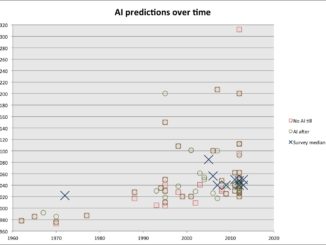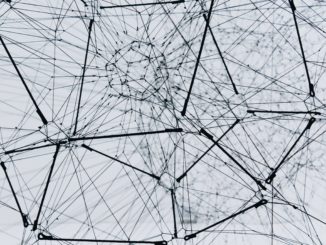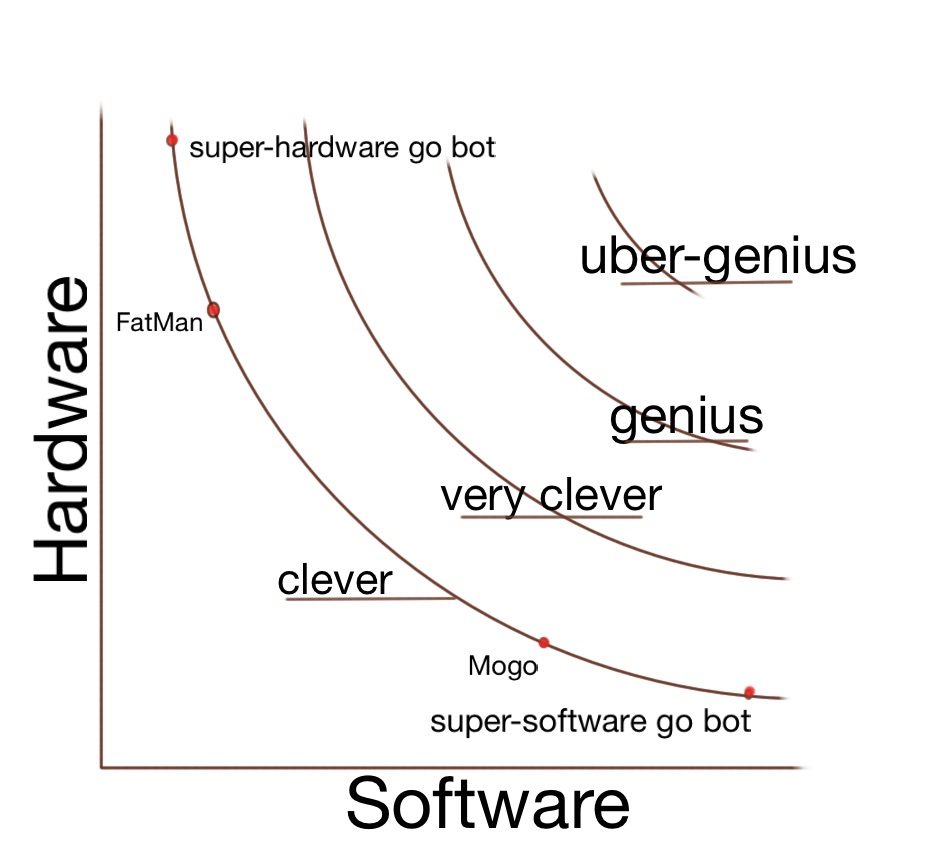
Search Results for cross

AI Timelines

Accuracy of AI Predictions

AI Timelines

AI Timelines

AI Timelines

AI Timelines

AI Timelines

AI Timelines

Blog

AI Timelines